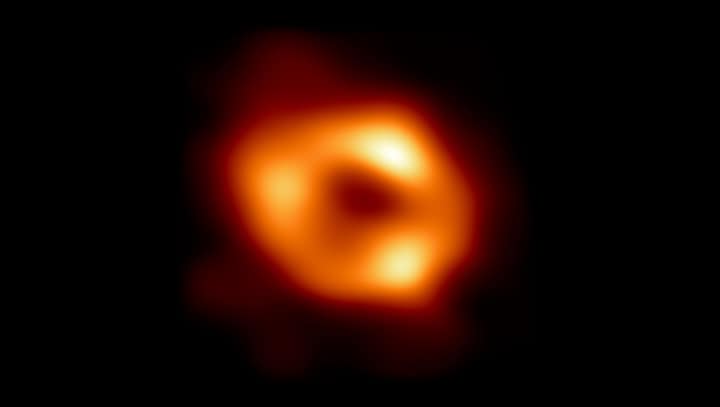Astronomy
Recent Highlights
All Stories for Astronomy

Watch: ISS shares an incredible video of how India appears from space
Mehul Das •During one of its recent orbits of the Earth, the ISS or International Space Station took a video of the Earth which showed how India looked from space. The ISS flew across the skies of Bhiwani, Gwalior, and Jhansi, among several other places.

The Moon 'ghosting' the Earth: Is the moon really creeping away from the Earth at an alarming rate?
Fp Staff •2.46 billion years ago, the moon was 60,000 km closer to the Earth. However, the moon now is slowly drifting away, at an alarming rate. This, combined with the Milankovitch Cycles spells doom for life on Earth.

What are the enormous 'universe breaker' galaxies discovered by NASA's James Webb telescope?
Vibhutisanchala •Astronomers discovered six massive galaxies that existed between 500 million and 700 million years after the big bang that formed the universe. The revelation is fundamentally upending accepted views regarding the creation of galaxies

Moon Master: Saturn loses the crown of having the most number of moons to Jupiter
Mehul Das •Saturn, as per the latest count had a total of 83 moons, revolving around itself. However, astronomers have discovered 12 new moons circling Jupiter, which now has 92 moons.

James Webb Space Telescope may have found a galaxy that existed 13.5 billion years ago
•The galaxy is known as GLASS-z13, which dates back to 300 million years after the Big Bang, about 100 million years earlier than anything previously identified

Supermoon 2022: What you need to know about the biggest ‘buck’ moon of the year
Fp Explainers •A supermoon occurs only when the moon is within 90 per cent of the perigee, that is, the point in moon’s orbit that is nearest to the Earth, according to NASA

Explained: What are supermassive black holes, the one which was photographed at the centre of The Milky Way
Fp Explainers •Astronomers have captured the image of Sagittarius A*, the black hole at the centre of the Milky Way for the first time. Sagittarius A* is actually a supermassive black hole. We take a look at what exactly is a supermassive black hole.

NASA's new space telescope 'hunky-dory' after ground controllers fixed a pair of problems
•The $10 billion telescope — the largest and most powerful astronomical observatory ever launched — rocketed away Christmas Day from French Guiana

Parade of planets to be visible in the night sky on 12 December: All you need to know about this celestial event
Fp Staff •A slim crescent Moon will align with Venus, Saturn, Jupiter, Neptune and Uranus, providing stargazers with a beautiful spectacle in the sky

ISRO is thinking of developing next-gen astronomy satellite to follow up on its AstroSat mission
•According to ISRO officials, data from AstroSat is widely utilised for the study of various fields of astronomy, from galactic to extra-galactic and from users from all over the world.



